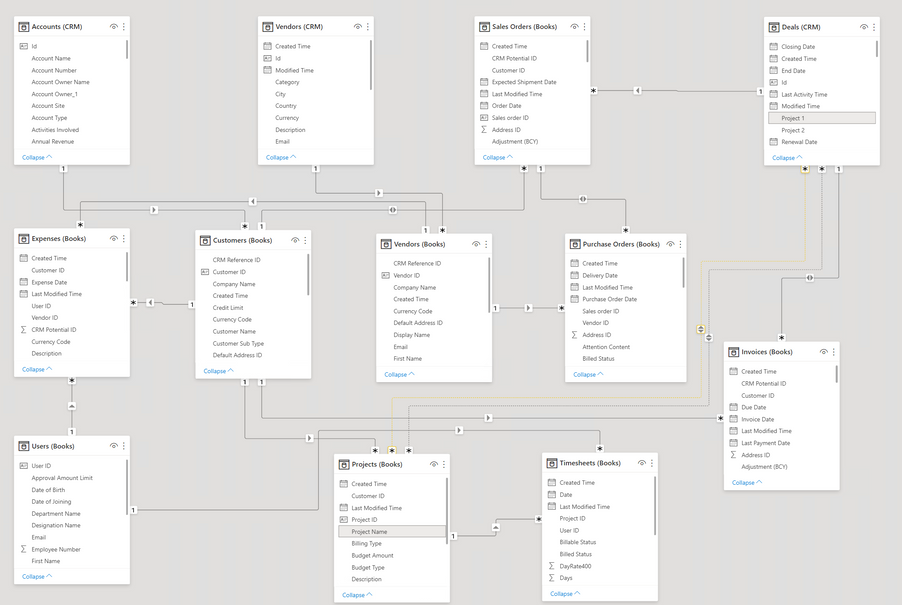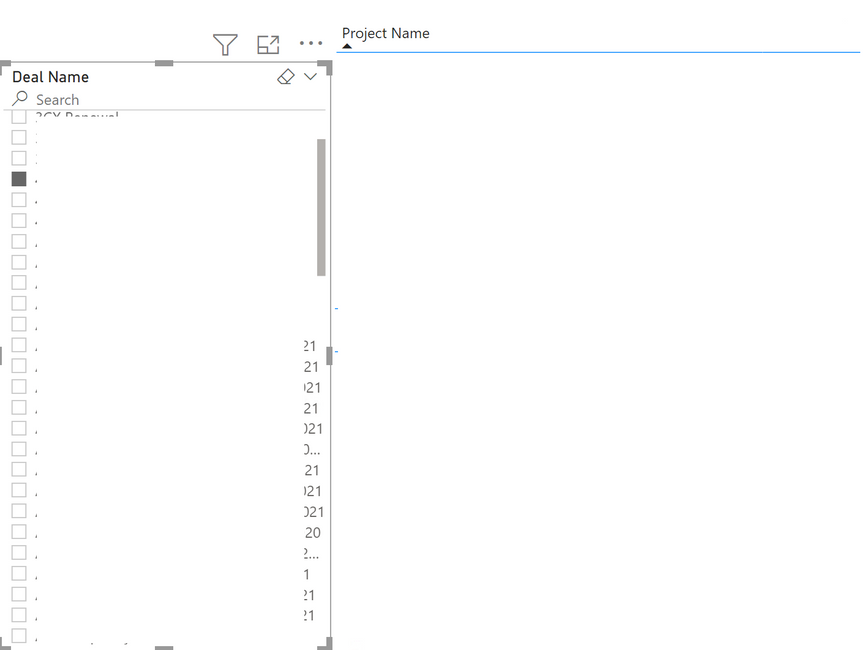- Power BI forums
- Updates
- News & Announcements
- Get Help with Power BI
- Desktop
- Service
- Report Server
- Power Query
- Mobile Apps
- Developer
- DAX Commands and Tips
- Custom Visuals Development Discussion
- Health and Life Sciences
- Power BI Spanish forums
- Translated Spanish Desktop
- Power Platform Integration - Better Together!
- Power Platform Integrations (Read-only)
- Power Platform and Dynamics 365 Integrations (Read-only)
- Training and Consulting
- Instructor Led Training
- Dashboard in a Day for Women, by Women
- Galleries
- Community Connections & How-To Videos
- COVID-19 Data Stories Gallery
- Themes Gallery
- Data Stories Gallery
- R Script Showcase
- Webinars and Video Gallery
- Quick Measures Gallery
- 2021 MSBizAppsSummit Gallery
- 2020 MSBizAppsSummit Gallery
- 2019 MSBizAppsSummit Gallery
- Events
- Ideas
- Custom Visuals Ideas
- Issues
- Issues
- Events
- Upcoming Events
- Community Blog
- Power BI Community Blog
- Custom Visuals Community Blog
- Community Support
- Community Accounts & Registration
- Using the Community
- Community Feedback
Register now to learn Fabric in free live sessions led by the best Microsoft experts. From Apr 16 to May 9, in English and Spanish.
- Power BI forums
- Forums
- Get Help with Power BI
- Desktop
- Re: Can I filter two similar columns from two diff...
- Subscribe to RSS Feed
- Mark Topic as New
- Mark Topic as Read
- Float this Topic for Current User
- Bookmark
- Subscribe
- Printer Friendly Page
- Mark as New
- Bookmark
- Subscribe
- Mute
- Subscribe to RSS Feed
- Permalink
- Report Inappropriate Content
Can I filter two similar columns from two different tables without a relationship?
Hello there, by similar, I mean two different columns share the same values, and can work as foreign keys, only in this instance they can't. It might sound a bit bizarre. But currently I have 12 tables in this project. However, I can't build another link between these two tables because it will introduce ambiguity (I have many duo filters which I need).
Here is the model diagram shown below:
Everything here works fine and works how it's supposed to despite one limitation. I want to match the Deals (CRM) table with the Projects (Books) table. The two highlighted columns are what I want to match, they share the same name. So for example, a Project Name can be called "Table & Chairs", and Project 1 would have have the exact same value. From there, there is a link.
I want to be able to filter a Project name through a Deal in my report. Without changing any of my relationships above, because I need them to work as they are.
Would there be any way to achieve this?
- Mark as New
- Bookmark
- Subscribe
- Mute
- Subscribe to RSS Feed
- Permalink
- Report Inappropriate Content
Hi @Anonymous,
Power bi data models(AS tabular) do not need to build too many relationship keys, current they only required one major relationship for the data analysis between different tables.
I'd like to suggest you modify these relationship mappings to use star schema to link tables with bridges.
Relationships in analysis services tabular models
Understand star schema and the importance for Power BI - Power BI | Microsoft Docs
Regards,
Xiaoxin Sheng
If this post helps, please consider accept as solution to help other members find it more quickly.
- Mark as New
- Bookmark
- Subscribe
- Mute
- Subscribe to RSS Feed
- Permalink
- Report Inappropriate Content
Hi @v-shex-msft thanks for the response but I don't know how I could remodel this into a Star Schema. The relationships have to be the way they currently are for the filters to work correctly. Otherwise the filters will not work.
- Mark as New
- Bookmark
- Subscribe
- Mute
- Subscribe to RSS Feed
- Permalink
- Report Inappropriate Content
@Anonymous , You need to have a common dimension table with a distinct project id. You can join with both tables and filter of you can use filter values of this table.
If the project table is not joined
calculate(Count(Table1[Value]), filter(Table1, Table1[project] in values(Project[Project]))
Bridge Table: https://www.youtube.com/watch?v=Bkf35Roman8&list=PLPaNVDMhUXGaaqV92SBD5X2hk3TMNlHhb&index=19
refer
Need of an Independent Table in Power BI: https://youtu.be/lOEW-YUrAbE
Microsoft Power BI Learning Resources, 2023 !!
Learn Power BI - Full Course with Dec-2022, with Window, Index, Offset, 100+ Topics !!
Did I answer your question? Mark my post as a solution! Appreciate your Kudos !! Proud to be a Super User! !!
- Mark as New
- Bookmark
- Subscribe
- Mute
- Subscribe to RSS Feed
- Permalink
- Report Inappropriate Content
Hi @amitchandak could you please explain this measure here "calculate(Count(Table1[Value]), filter(Table1, Table1[project] in values(Project[Project]))"
I'm confused on the table1 you're using. I currently want table Deal (CRM) column Project 1 to filter table Projects (Books) column Project Name.
Would that work?
Helpful resources

Microsoft Fabric Learn Together
Covering the world! 9:00-10:30 AM Sydney, 4:00-5:30 PM CET (Paris/Berlin), 7:00-8:30 PM Mexico City

Power BI Monthly Update - April 2024
Check out the April 2024 Power BI update to learn about new features.

| User | Count |
|---|---|
| 109 | |
| 99 | |
| 77 | |
| 66 | |
| 54 |
| User | Count |
|---|---|
| 144 | |
| 104 | |
| 102 | |
| 87 | |
| 64 |


